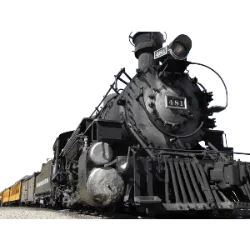Why Were Railways Left Aside?

Brazil's choice of a road transport model instead of a rail one has historical and political roots. During the 20th century, especially during the government of Juscelino Kubitschek (1956-1961), there was a great incentive for industrialization and the expansion of the road network, in line with the growth of the automobile industry. Companies such as Ford and General Motors pushed for investments in roads, while the construction of railways was left aside.
In addition, the decentralization of railways, which began in the 1940s, and the lack of modern investments led to the decline of this system. While countries such as the United States and China developed efficient rail networks for transporting cargo and passengers, Brazil began to depend almost exclusively on highways, which resulted in high logistical costs and problems such as congestion and road wear.
In recent years, there has been an effort to resume investment in railways, but the predominance of roads continues to impact the country's economy and infrastructure.
Did you know??












